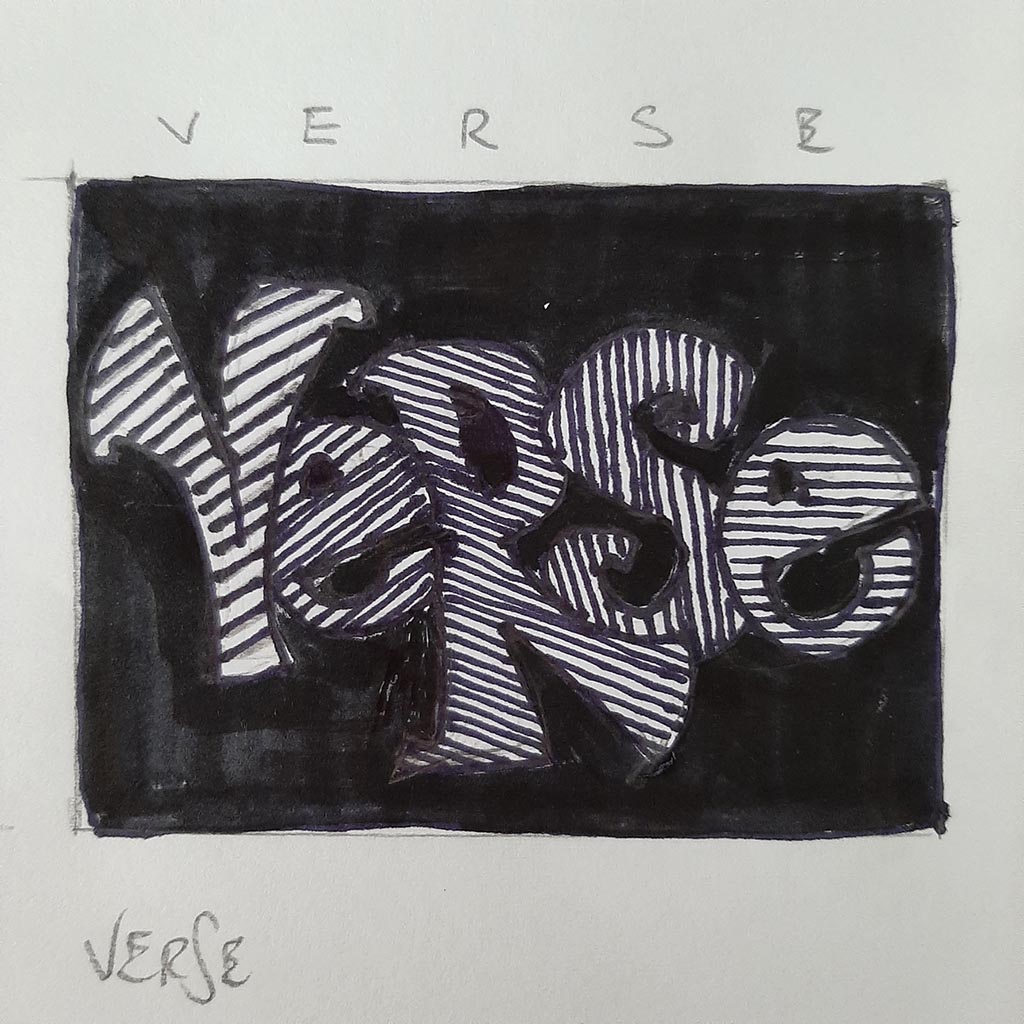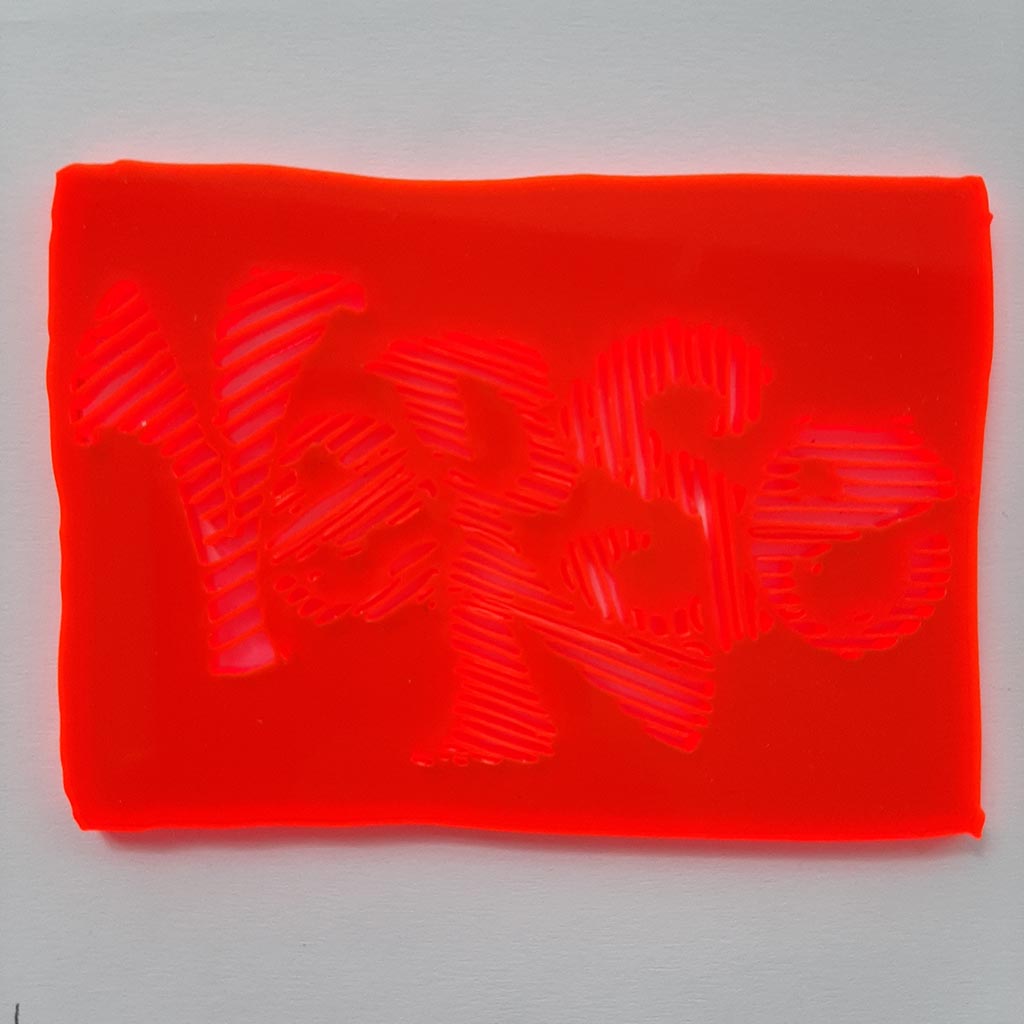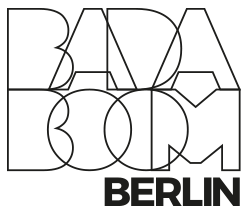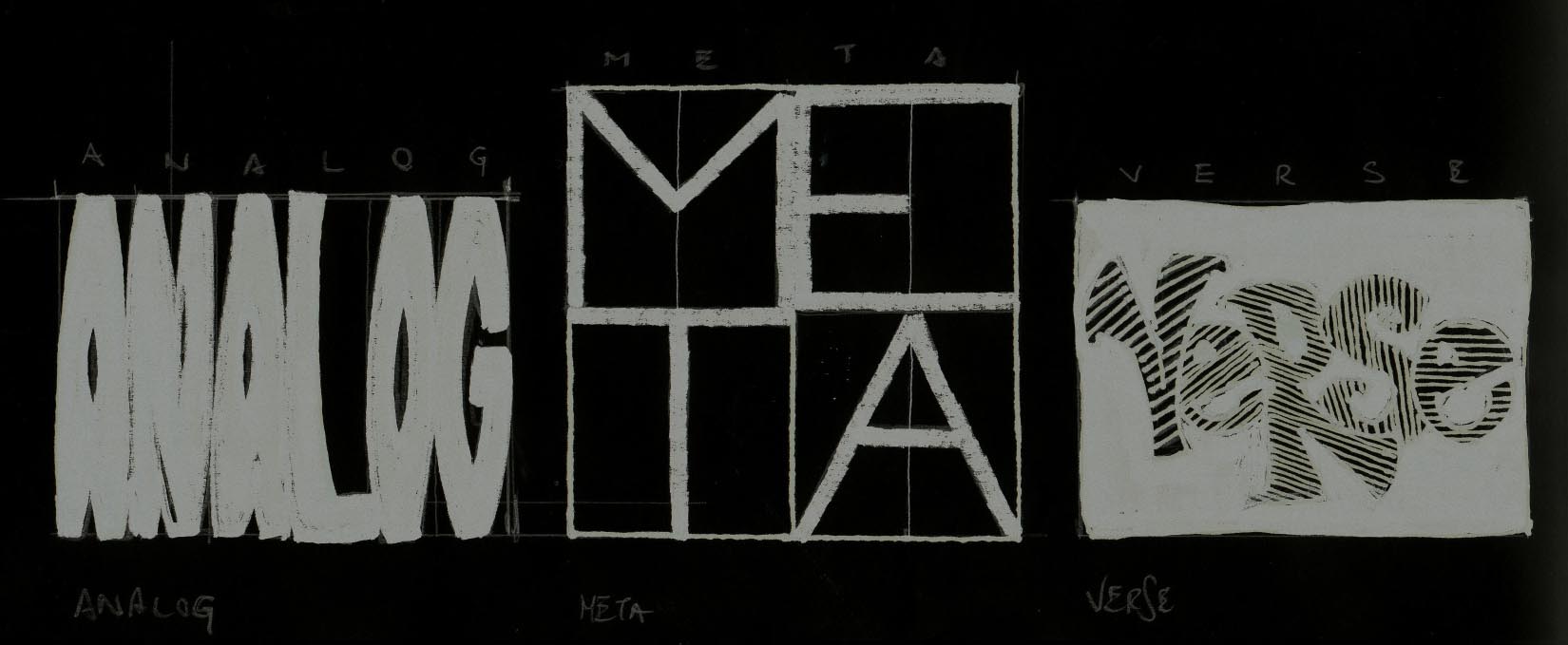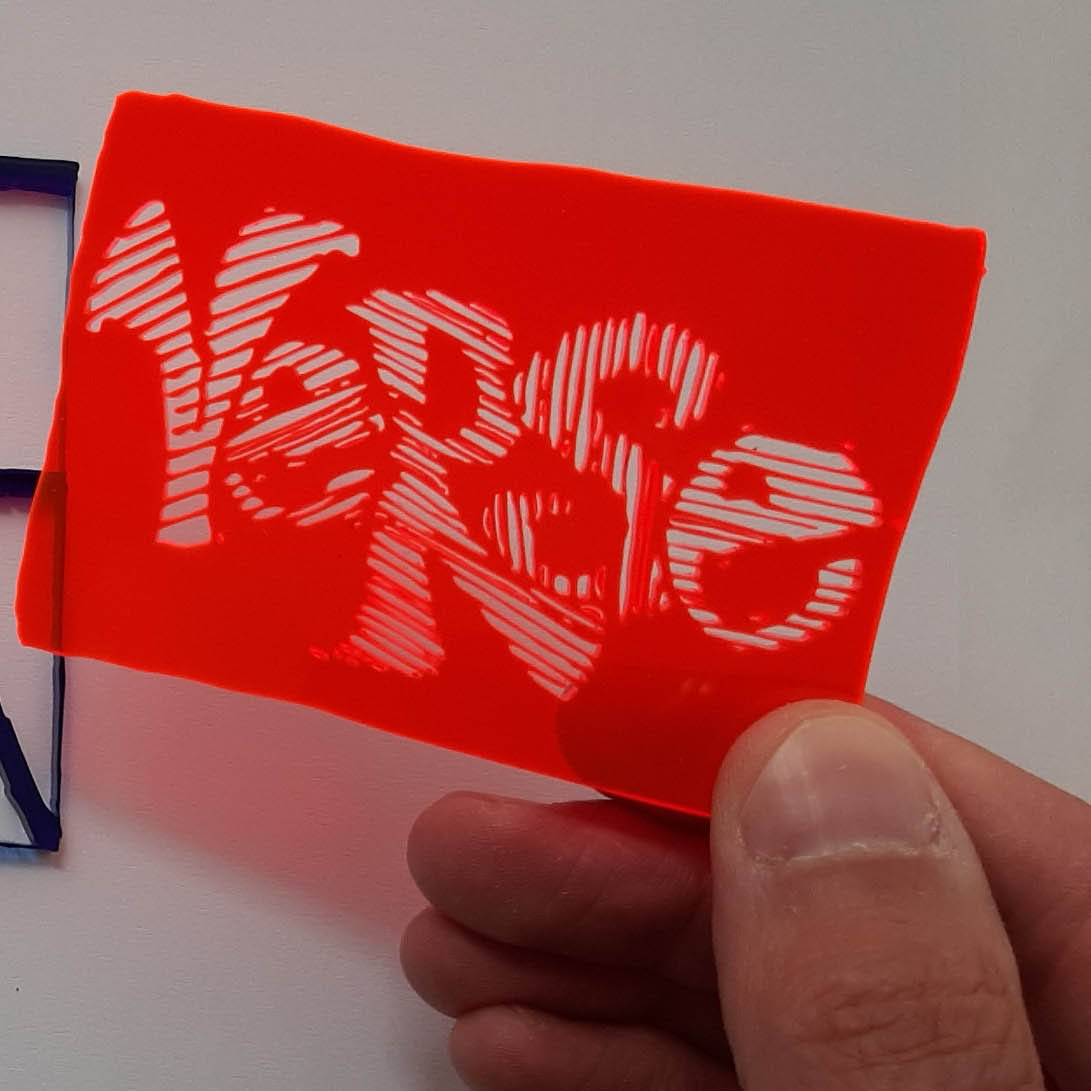An attempt to turn handwriting (or any other sketched content) into a tangible element, in this case with the use of a laser cut machine. Then it becomes possible to combine different parts into a 3d sculpture.

The process involves three main phases:
- Sketching
- Digitalization
- Production
The phase of sketching is aimed to provide a contrasted, black and white image with medium like markers, pencil, ink and so on. Later the sketch is scanned, and then digitized into programs like Adobe Illustrator or similar, to obtain a file readable from the laser cutter, typically an .svg file.
We need to design the text in order that all the letter of a word stand together as one single object, or implement other tricks to achieve this. For example the word “analog” features thick letters all connected between them, with slight white contour that suggest the letter separation but doesn´t completely cut aletter from the next one.
The word “meta” features wide letters connected to each other, plus an additional grid all around the word creating a single object. Note that the thin line around the word broke after a few interaction, since it´s too thin.
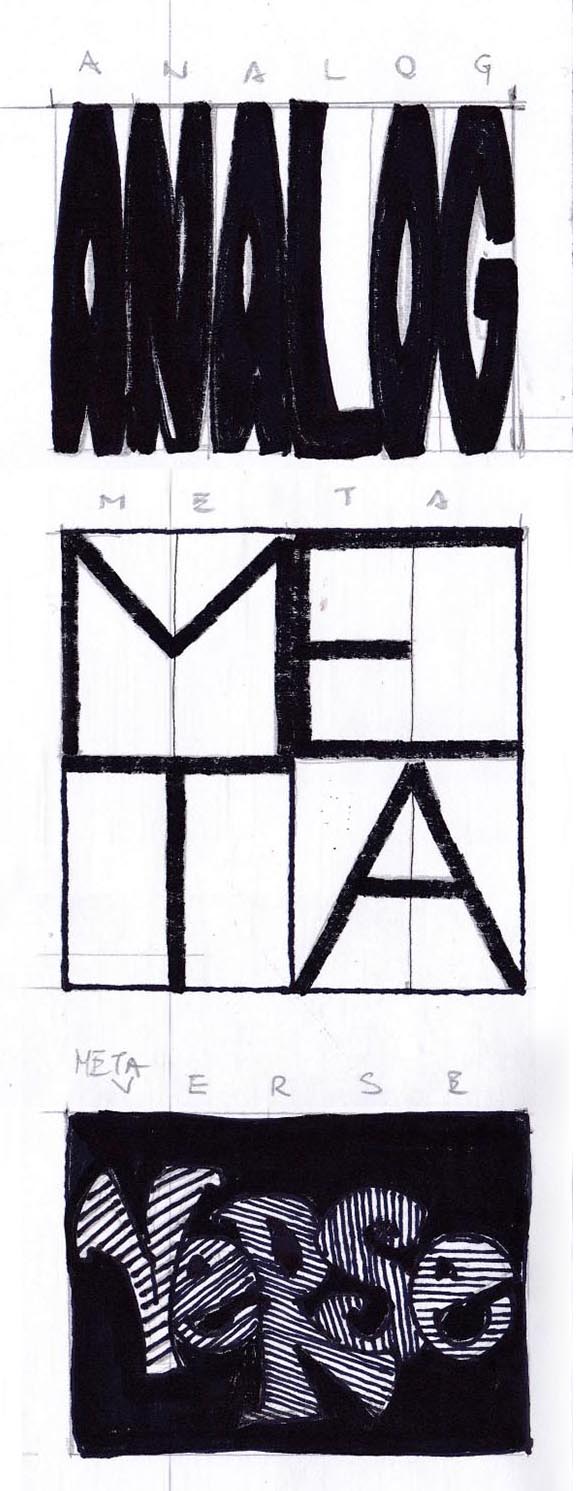
When drawing close thin lines, we may occur into patterns that are readable as an image, but not when the file is cut onto a thick material. You can observe it in the word “verse”, where only the first V, with more spaced lines, is working, while all the others feature a too close distance. But in general, this pattern creates an overall problem for the whole word readability, that can be understood just depending on the position of light source, its grade and so on.
Such close patterns, when scanned in 3d, may just lead to an overall glitchy result, especially with this highly reflective material.
